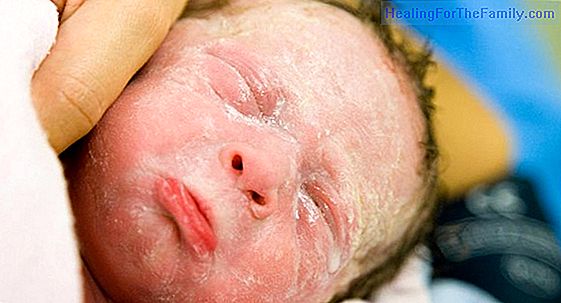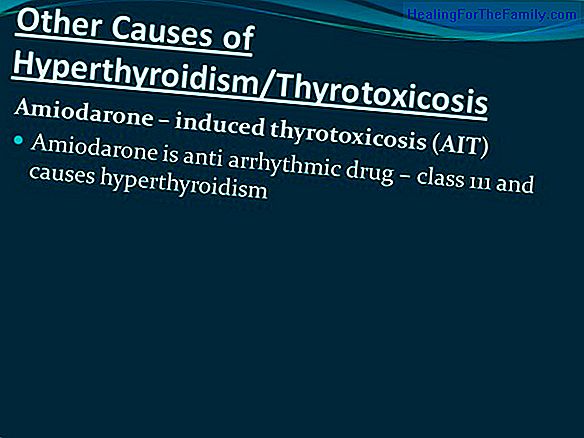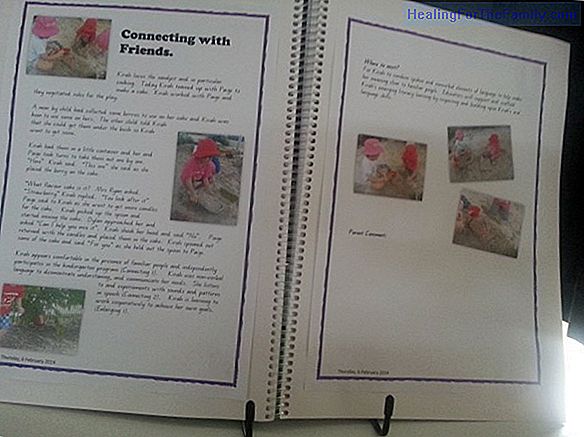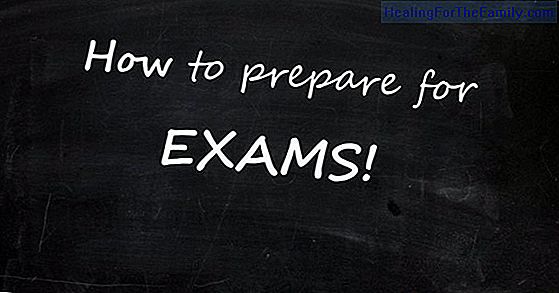Literacy exercises for children with dyslexia
At present, a large number of children have problems when it comes to learning to read and write. But what can be the causes of these problems and how can they be solved? Dyslexia is a specific disorder that occurs in the learning of reading and writing, persistent and specific character. This disor
At present, a large number of children have problems when it comes to learning to read and write. But what can be the causes of these problems and how can they be solved?
Dyslexia is a specific disorder that occurs in the learning of reading and writing, persistent and specific character. This disorder appears in children without any physical, psychic and sociocultural alteration, and whose origin seems to be related to an alteration of neurodevelopment. This alteration frequently appears in children of school age, and affects children more than girls and which can be, in many cases, the cause of school failure.
What is the cause of dyslexia in childhood?
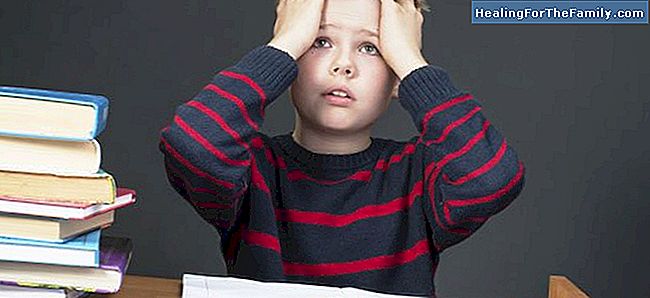
The discussion about the cause of this disorder is still open today. However, there are different diagnostic hypotheses about the subject. Most existing studies agree that dyslexia is transmitted genetically.
On the other hand, there are also neurological studies that claim that the cellular structure of the brain of people with dyslexia is different. Likewise, other people understand this disorder as an alteration of short-term memory or as a linguistic problem.
Finally, in relation to this aspect it is important to bear in mind that this disorder is independent of other intellectual, cultural, and emotional causes. The children who present it have a normal intelligence or that can even be above average.
How should the diagnosis of dyslexia in children be?
If your child has alterations in reading and writing, it is important to see a specialist to make an early diagnosis and try to correct the problem as soon as possible.
It is important to rule out that the child has eyesight, hearing or motor problems. For this, you can consult your pediatrician and speech therapist to perform the relevant exams, in order to verify or rule out the diagnosis of dyslexia.
What exercises can you do with the dyslexic child?
There are many activities that can be done with a child with dyslexia. Next, I will describe some of them.
- Play the see-see or the string of words. The child should say a word that begins with the last syllable of the previous word.
- Exercises of ordering syllables to form complete words.
- Say how many syllables has a specific word .
- I play like I see-see but using sounds. For example: I see something that starts with the / m / sound.
- Exercises of ordering graphemes to form words: Order the following letters to form a word, "e m a s" / "table.
- Make a dictation with the sounds of the letters.
- Read a story out loud and propose a series of questions at the end. In addition, the child can be asked to summarize what they have read.
- Reading absurdities. We must provide the child with a series of sentences to read aloud and tell us if they are true or false.
To complement these activities, there are also different playgrounds that can be used. Some of them are the following:
1- The twistter. It is a game that allows you to develop laterality, balance and understanding of orders of different complexity.
2- The lynx. This game can be used to work on attention, visual fixation and reflexes.
3- The memory. It is especially indicated for children who have alterations in short-term memory.
All the activities carried out must be presented in a playful and attractive way, to avoid fatigue and lack of interest on the part of the children.
It is important that the parents of these children become aware that their child should put a lot of effort into reading and writing tasks, which causes fatigue, loss of concentration and frequent distractions. In addition, it is common for these children to reject activities that require the use of reading and writing. Therefore, the Parents and teachers should avoid putting pressure on these children during the performance of these tasks, and try to be understanding and give them all the help that is necessary.For all this described above, it is important to point out the importance of an early diagnosis and a positive attitude on the part of the environment of the subject in order to correct this diagnosis as soon as possible. Also, if you have any questions, do not hesitate to consult your nearest speech therapist. He will know what to do!






